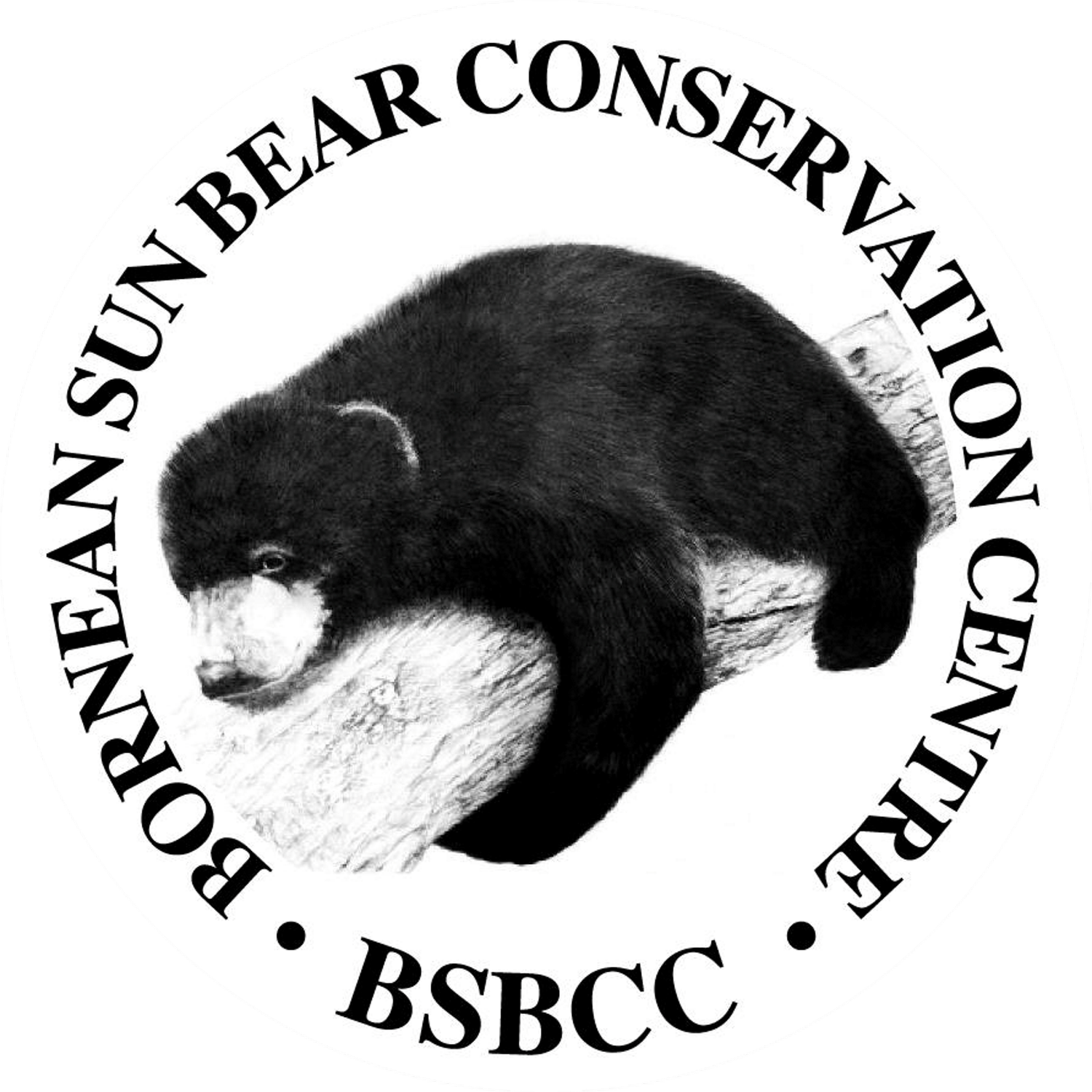Borneo Post - Sabah unveils action plan to protect sun bears
Wong (right) presents a memento to a representative from the Tourism, Culture and Environment Ministry, while Mohd Soffian (second from left) and Benoit (left) look on.
KOTA KINABALU (March 12): A 10-year Bornean Sun Bear Action Plan for Sabah was unveiled at the Sabah Wildlife Department office on Wednesday.
Bornean Sun Bear Conservation Centre (BSBCC) chief executive officer and founder, Dr Wong Siew Te said the action plan is for the year 2025 to 2034, and is the first of its kind in the region.
The action plan, designed for Sabah, is a comprehensive document that emphasises the need for immediate, practical and adaptive conservation actions in order to ensure the long-term survival of the Bornean sun bears which are also known as “Beruang Madu”, “Honey Bears”, “Dog Bears” or “Malay Bears”.
The sun bear is classified as vulnerable to extinction on the IUCN Red List and protected under CITES Appendix I (CITES, 2022). In Sabah, the sun bear is a Totally Protected Species under Schedule 1, Section 1 of the Sabah Wildlife Conservation Enactment (WCE) 1997. Totally protected species under Schedule 1 cannot be hunted, and those killing sun bear and /or possessing sun bear products (paws, gall, bladder, skin, teeth, claws, bones and meat) and found guilty of an offence under Section 256 WCE 1997, the penalty is a minimum fine of RM50,000 and maximum of RM250,000 and imprisonment of no less than one year and up to five years.
The document results from an extensive consultation process initiated during the second International Symposium on Sun Bear Conservation and Management.
Wong mentioned that there is limited information on the sun bear’s population and said that he hoped during the duration of the action plan, this information could be found out.
He also shared that sun bears are able to survive in oil palm and industrial tree plantations as long as forested areas are present.
Sun bear decline in Sabah is directly attributed to habitat loss and fragmentation, hunting for traditional Chinese medicine (bear bile), pet trade, indirect snaring and road development (such as the Pan Borneo Highway that could lead to an increase of road kills).
The vision of the action plan is to secure the continued existence of a viable population of Bornean sun bears in Sabah.
Meanwhile, the 10-year goals of the action plan are to identify, develop and implement strategies and actions that will address the threats of the species that have been identified in Sabah by providing guidance to key players that will implement these strategies.
The main objectives of the action plan are to eliminate illegal exploitation of sun bears by (a) reducing the demand for their parts and products and by (b) improving law enforcement effectiveness pertaining to hunting, trade and use of sun bears and their parts; protect and restore sun bear habitats and populations by (a) protecting priority areas of natural sun bear habitat from road and other infrastructure development and mitigate effects of existing infrastructure and by (b) prioritising sites for the conservation of sun bears and establishing conservation targets and by (c) establishing and maintaining landscape connectivity throughout the sun bear range.
The action plan also aims to devise and employ methods to reliably monitor trends in sun bear populations by (a) implementing protocols for monitoring techniques that reliably detect population changes and occupancy for sun bears; maximize the contribution of ex-situ sun bear populations to conservation by (a) ensuring sun bear release initiatives adhere to internationally recognised guidelines; and increase cross-sectional support and collaboration for sun bear conservation by (a) raising awareness of sun bear conservation needs and the roles that can be played by individuals, society and the private sector and by (b) developing and supporting sun bear conservation research.
Wong also said that currently, there are 41 sun bears currently housed at the Bornean Sun Bear Conservation Centre, which is the first of its kind in the world.
He said that the sun bears ended up at the centre as orphans.
“Their mother is likely killed …hopefully such incidents will stop and should stop. In Singapore, they have just opened a park known as Rainforest. But we have the original rainforest in Sabah. So we should be proud of this and everyone should work hard to protect the sun bears,” he said.
He said that the aim is to release the sun bear back to the wild when they are ready.
Also present at the event were Sabah Wildlife Department director Mohd Soffian Abu Bakar and Danau Girang Field Centre director Benoit Goossens.

